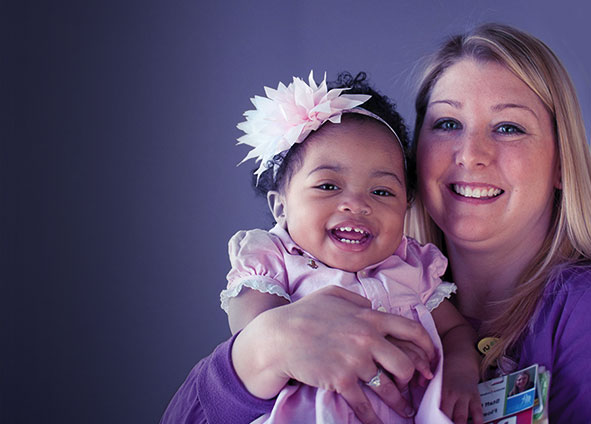Iron-deficiency anemia is the most common type of anemia. It occurs when there aren't enough healthy red blood cells in the bloodstream to carry oxygen to the body's tissues.
More to Know
For blood to transport oxygen, the body must produce hemoglobin, a protein in red blood cells. Hemoglobin production requires adequate supplies of iron. Iron-deficiency anemia occurs when there isn't enough iron in the body.
Depending on iron levels, symptoms can range from mild, or even unnoticeable, to more severe. They may include tiredness, weakness, shortness of breath, brittle nails, and poor appetite. Causes of iron-deficiency anemia include an iron-poor diet, blood loss, inability to absorb iron, and pregnancy.
Keep in Mind
Eating a diet with iron-rich foods will prevent iron-deficiency anemia in most people. Good sources include eggs, red meat, leafy green vegetables, and iron-fortified foods.
If you suspect symptoms of iron-deficiency anemia, call your doctor. The condition is easily treated with iron supplements but it's important to get a professional diagnosis and recommended dosage. Too much iron in the body can damage the liver or cause other complications.
All A to Z dictionary entries are regularly reviewed by KidsHealth medical experts.


